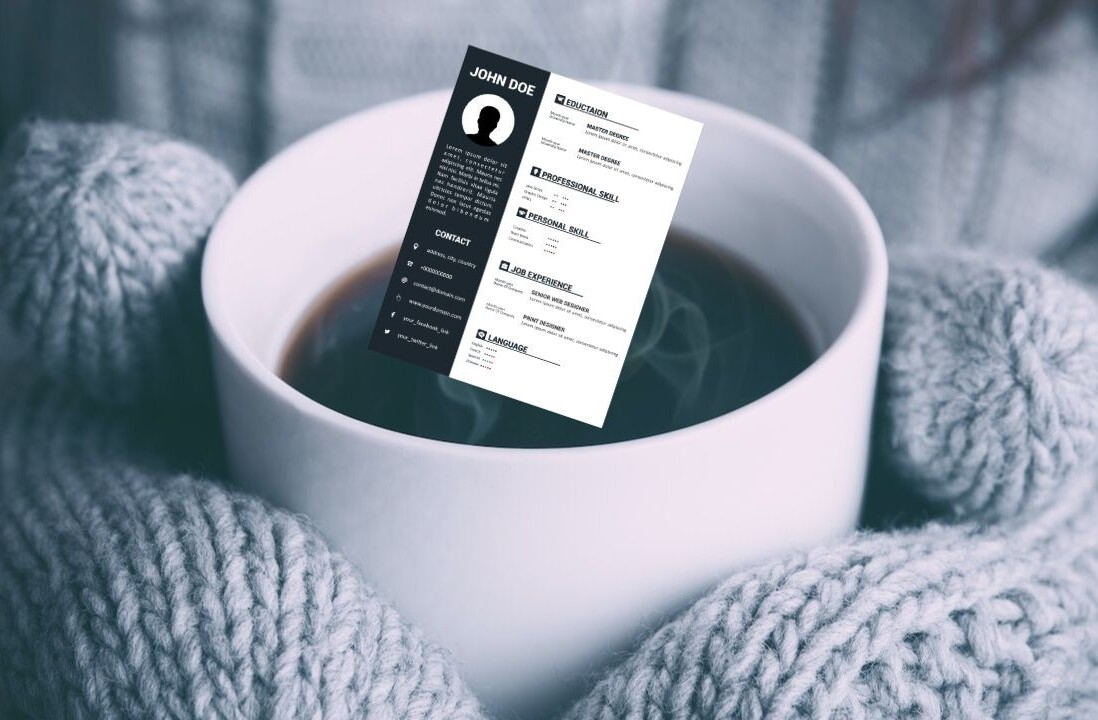
Building a culture of User Experience (UX) awareness requires education and leadership. You’ll need some buy-in from employees across the different teams to get them to believe that they should care about UX, even if it’s not part of their core job description.
UX is by nature multidisciplinary. It requires the input of designers, information architects, usability specialists, and many others to make it happen. Getting a polished, final product requires more than just the design team.
If everybody thinks of how they want the user to experience and feel the product, that can go a long way towards ensuring a finished result with excellent design and functionality. Getting there may require a change in thinking, but it can be well worth the effort in the end.
Avoid the myths
Jerry Cao, a UX content strategist at UXPin, offers an excellent place to start: avoid the common myths that surround User Interface design. For example, he warns that functional designs don’t automatically create good experiences. User Experience is about creating a good feeling on the part of the visitor. So for a website, for example, customer testimonials can be a powerful way to create trust.
For your team, this shows that the work of others plays an important part in your UX. Those who are tasked with acquiring user feedback can see that their work may be featured prominently on the company site. Customer forums serve more than just a utilitarian purpose – their presence and design can help reassure a potential customer.
Cao also offers this useful advice for those who need a succinct definition for explaining how design interacts with the overall functionality of a product.
Design as a discipline is always subject to change depending on current philosophies such as flat design and minimalism, the emergence of new technologies, and the creativity and bravery of the designer.
A new kind of ‘T’ in Team
Another option to consider is the type of people you are bringing in. Even if you’re not specifically staffing a team focused on UX, the background and philosophy of learning among the people you hire plays a key role in this.
Andrew Rivera, a seasoned UX veteran from UXP Magazine, proposed looking for T-shaped persons who are deeply knowledgeable on one subject (in this case UX) but also hold a broad level of interest in other fields.
This way, if you have a smaller team some of the individuals may be able to be aware of, in some general terms, what your product needs with User Experience. This overall general curiosity and willingness to look outside of their own box is critical for building a company culture. This is especially critical, he says, because your employees will benefit from a more broad-based approach:
Developing T-shaped UXers is really in service to your team and sets them up for further success in their careers. At the same time, a team of generalists gives the UX leader greater flexibility in staffing. But, the fact of the matter is that we probably don’t have much choice. At some point, the industry is going to demand T-shaped people. We need to be prepared.
Closing thoughts
The secret to great UX isn’t about any one member of the team. A UX designer will never be able to spot the choke points that every day users will discover, and potentially abandon your product as a result.
By passing around a design between non-design members of the team, the more viewpoints a design will be seen from, and the more your non-technical teams will learn in the process.
Get the TNW newsletter
Get the most important tech news in your inbox each week.






